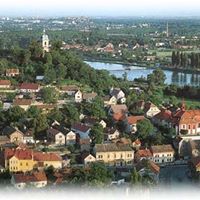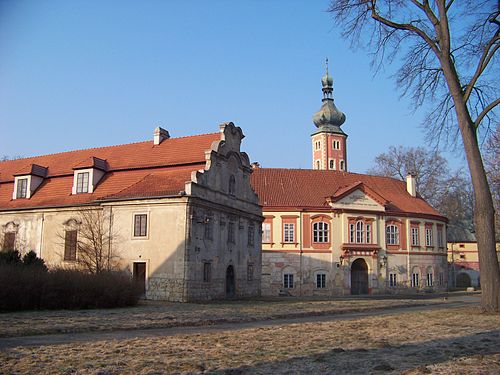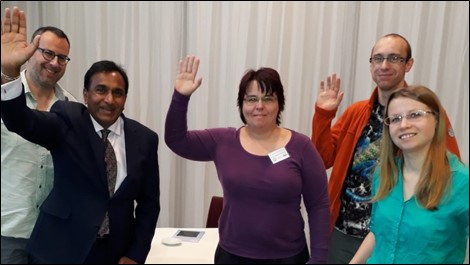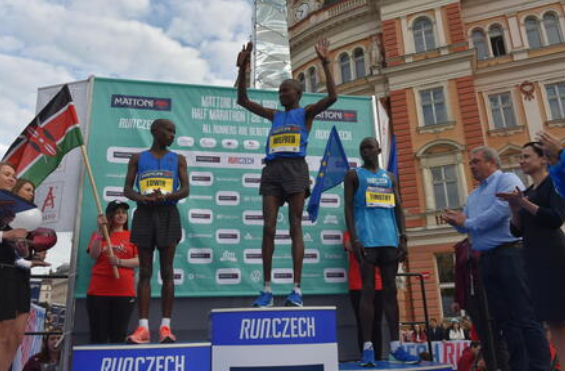- HOME
- Lithuania 2023
- 16th CEEPC Prague 2022
- Proteome & Proteomics
- Proteomics Potentiality
- Precision Medicine & Cancer
- Proteomics and COVID-19
- Big Data & AI
- Spotlight Lithuania
- Humanity
- Meeting Reports & Tributes
- Country Profiles
- Proteomic Snippets
- Enabling Advances
- Spotlight Czech Republic
- Spotlight Poland
- 13th CEEPC - Ustron, Poland
- Spotlight Romania
- 12th CEEPC - Bucharest
- Spotlight Slovakia
- Spotlight Macedonia
- Sports Medicine
- Contacts & Copyrights
Where it all began !
CEEPC Country Focus: 'The Czech Republic'
Photos & graphics with permission
Synopsis: It all began here in the Czech Republic and this ‘spotlight focus’ gives an insight into the academic activities of 'Institute of Animal Physiology, Genetics and Centre of Cell Therapy and Tissue Replacement. The historical setting entwined with magnificent ambiance and aspirations, highlights the National, International and Eastern European success in diverse research fields as judged by the publications, global connectivity and disease focus.



RNDr. Hana Kovářová, CSc.
President of Czech Proteomic Society
Institute of Animal Physiology and Genetics and Centre of Cell Therapy and Tissue ReplacementRumburská 89
277 21 Liběchov
Tel. (+420) 315639582
Fax: (+420) 315697186
e-mail: kovarova@iapg.cas.cz
Institution of the Czechoslovak Academy of Sciences (CZAS) was the beginning of what now is the Institute of Animal Physiology and Genetics (IAPG) of the Czech Republic since 1st January 1993 after the country underwent political changes and so did the Institute. Wonderful reminiscence of the past stand as iconic landmarks in the grounds of the Institution about its animal husbandry and research including the ‘horse heads’ on the walls of the Institute and the magnificent bandstand.


Liběchov sits in Central Bohemian Region of the Czech Republic located about 36 km north of Prague on right bank of the Elbe River, approximately in half way between towns of Mělník and Štětí.



During discussions over a glass of wine and with a beer mat as a notepad, the concept of Central and Eastern Proteomic Conference (CEEPC) was born out of a dire need to understand mechanisms regulating transcription, translation, protein-protein interactions and protein functionality in diseases. It was more than a decade ago that the Founders of CEEPC Hana Kovarova and Suresh Jivan Gadher visualized the indispensable need for both proteomics and a forum to discuss proteo-genomics. The term Central and Eastern European Proteomic Conference (CEEPC) was coined by Hana, Suresh and Josef Chmelik (1953-2007), who sadly passed away in July prior to the inaugral Conference in October 2007.
Since then, CEEPC’s ‘2020 Vision’ has come true as it stands established as a Proteomic Conference of importance. Additionally, CEEPC has come a long way not only for its proteomics but also for embracing humanity and nurturing societal needs. Careful balancing of proteomic excellence with evolving urgent global medical and societal needs, has ushered in its present-day success.
 'Under the same band-stand'
'Under the same band-stand'
RNDr. Hana Kovářová & her Team - each and everyone below helped shape the CEEPC
'all under the same band-stand'

& below
Individuals who contributed to CEEPC's present day success !

Petr Vodička, Suresh Jivan Gadher, Helena Kupcová Skalníková, Jakub Červenka, B. Bohuslavova

One Team with ........credibility, cohesion and vision !
On going reseach
Huntington’s disease
Huntington’s disease is a hereditary neurodegeneration with an autosomal dominant inheritance. Mutation in a huntingtin gene leads to huntingtin protein aggregation and cellular toxicity, with horrendous outcome for the patient.
Using transgenic minipig model of Huntington’s disease, we are studying changes in protein levels connected to the disease progression to uncover changes that could contribute to better understanding of the pathogenesis. Aim remains to identifying protein alterations in blood plasma, cerebrospinal fluid and changes to immune response including the complement system, cytokines and possibly uncover biomarkers of disease progression.
Neural stem cells
Neural stem cells can play a major role in cell replacement therapies of the nervous system as well as act as a useful cell model for research into neural cell differentiation during nervous system development. We are studying changes in protein composition of cell surface proteins of the neural stem cells and their differentiated progenies (neurons, astrocytes and oligodendrocytes) with the aim of identifying markers usable for specific sorting and selection of desired cell population. Additionally, our interest includes research on secreted proteins and exosomes and their function in stem cell niche and cell differentiation.
Melanoma
Melanoma originates from malignant transformation of pigmented cells called melanocytes. Using our transgenic minipig model with hereditary melanoma (Melanoma-bearing Libechov Minipig, MeLiM), we are focused on the mechanisms of this malignance and potential implications in clinical immunotherapy of melanoma as well as a search for potential therapeutics to combat this cancer.
Hana & Jan Motlik

Charles Bridge - Prague


Knedlíky


Smažený Sýr Fried bramboráky (potato pancakes)


Gulás





Kenya - Czech passion for running



